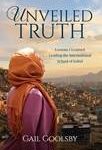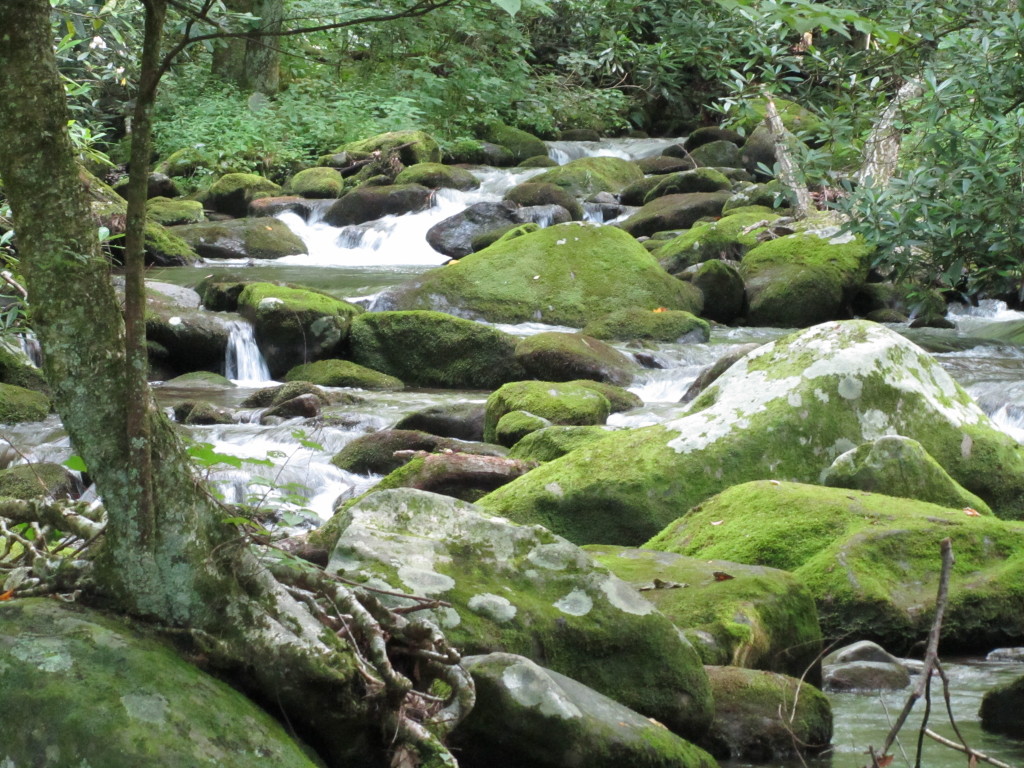As he was praying, the appearance of his face changed, and his clothes became as bright as a flash of lightning.” Luke 9:29 NIV
We’ve all heard that familiar saying that prayer changes things, but can prayer actually change our faces? I think it can.
The Bible gives us examples of faces transformed by prayer. The scripture above refers to the day Jesus took three of his disciples—Peter, James, and John—up onto a mountain to pray with him. Never in their wildest dreams could they have imagined what was about to unfold. As Jesus prayed, his face changed and his clothes turned bright as lightning. A transformation (known to Christians as the transfiguration) took place and the disciples were allowed to see Jesus in his glory. Just thinking of it leaves me in awe.
Moses’ face was also changed by spending time with God. After God met with Moses on Mt. Sinai and engraved the Ten Commandments on stone tablets for the Israelites, the Bible tells us that “[Moses’] face was radiant because he had spoken with the Lord.” (Exodus 34:29 NIV)
Think of Paul and Silas. After they were severely flogged and thrown into prison, they prayed together and even sang hymns as the other prisoners listened to them. Scripture doesn’t mention the expression on their faces, but it’s safe to assume that as their prayers gave way to hymns, the distress on their faces must have been replaced by peace and even joy.
Yes, our faces often reflect what’s going on in our hearts and lives, don’t they? When we pray and tell God our burdens and hopes and as we give him our thanks and praise, our faces will indeed show the peace and comfort, joy and refreshment, and even strength or determination he’s imparted to us.
So is prayer transforming our faces today, this week, this year? Can people see God’s love and care reflected there? Oh, may it be so! Let’s allow prayer—time we spend with God—to change our faces!
“Those who look to him are radiant;” Psalm 34:5 NIV
*When was the last time you felt your face change as you prayed?
*The next issue of Life Notes, my quarterly inspirational newsletter, comes out in early November. One lucky subscriber (new or current) will receive a $15 gift card to Starbucks and a signed copy of my book to use personally, give as a gift, or donate to a library. Sign-up is free and to the right! (If you’re on a mobile device, scroll to the bottom of the screen and click View Full Site to find it.) p.s. If you sign up after Oct. 30th, you will be included in all future Life Notes giveaways but not in this current giveaway.
*For info about my book Mother of the Bride check out my Books/My Work page.
*Photo by Radu Florin on Unsplash






Recent Comments